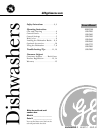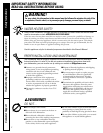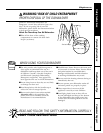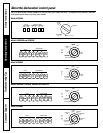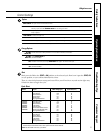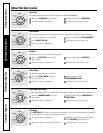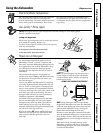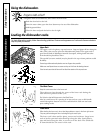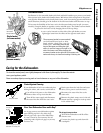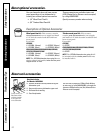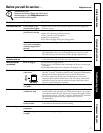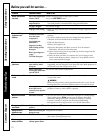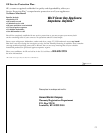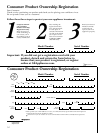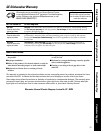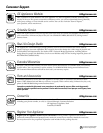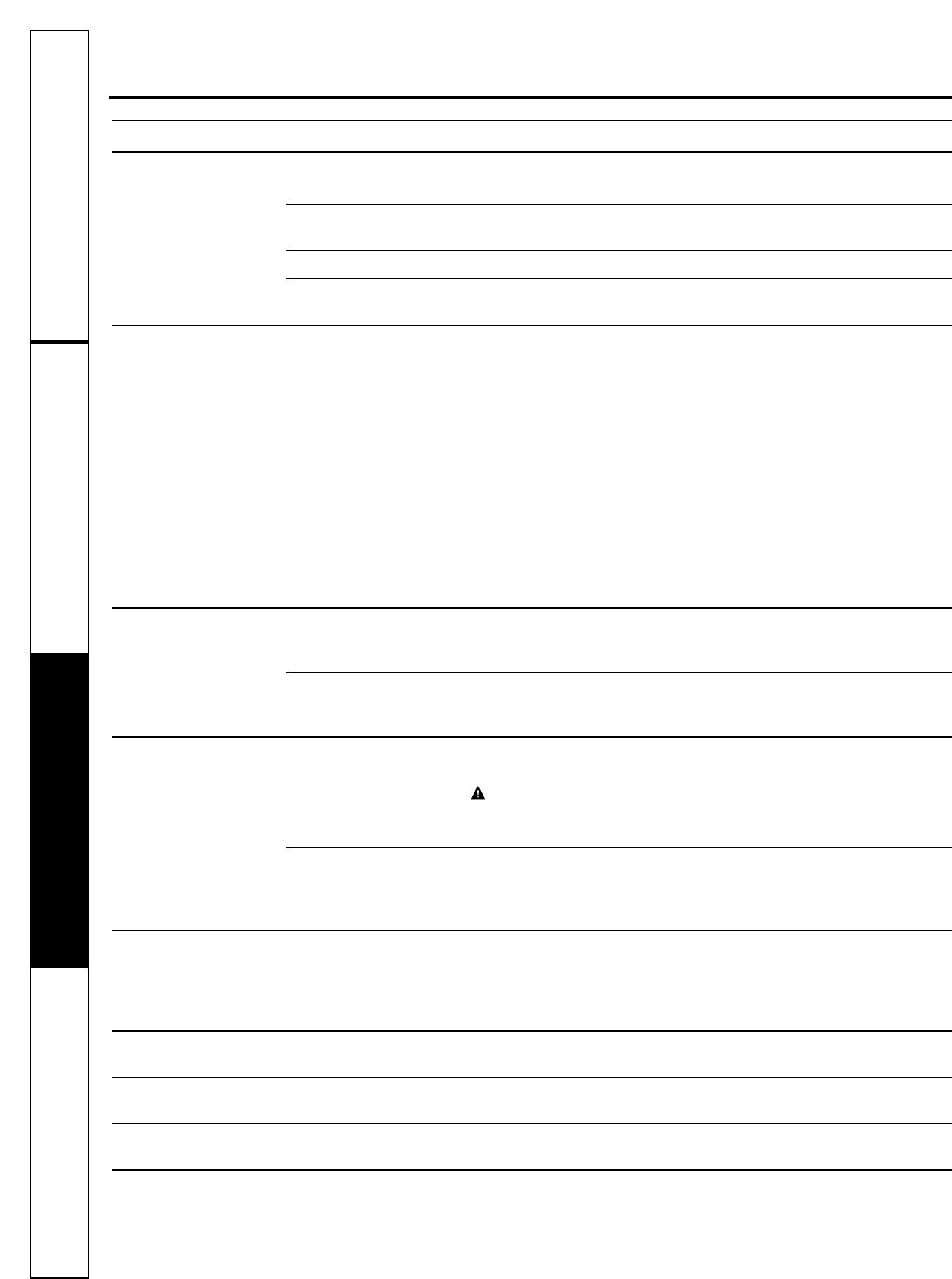
Problem Possible Causes What To Do
Dishes and flatware Inlet water temperature • Raise the water heater temperature to 120°F.
not clean is below 120°F • Use the HOT START feature.
Water pressure is •Turn on a faucet. Is water coming out more slowly than usual? If so,
temporarily low wait until pressure is normal before using your dishwasher.
Air gap is clogged • Clean the air gap.
Improper rack loading • Make sure large dishware does not block the detergent dispenser or the
wash arm.
Spots and filming • Use Jet-Dry
®
rinse agent to remove spots and prevent new film
on glasses and buildup.
flatware • To remove stubborn spots and pre-existing film from glassware:
1 Remove all metal utensils
from the dishwasher.
2 Do not add detergent.
3 Select the longest cycle.
4 Start the dishwasher and allow to run for 18 to 22 minutes.
Dishwasher will now be in the main wash.
5 Open the door and pour 2 cups (500 ml) of white
vinegar into the
bottom of
the dishwasher.
6 Close the door and allow to complete the cycle. If vinegar rinse
doesn’t work: Repeat as above,
except use 1/4 cup (60 ml)
of citric
acid crystals instead of vinegar.
Cloudiness on Combination of soft •This is called etching and is permanent. To prevent this from
glassware water and too much happening, use less detergent if you have soft water. Wash glassware in
detergent the shortest cycle that will get them clean.
Water temperature •Lower the water heater temperature.
entering the dishwasher
exceeds 150°F
Yellow or brown film Tea or coffee stains •Remove the stain by hand, using a solution of 1/2 cup bleach and
on tub 3 cups warm water.
WARNING
Before cleaning interior, wait at least 20 minutes after a cycle for the
heating element to cool down. Failure to do so can result in burns.
An overall yellow or • A special filter in the water supply line is the only way to correct this
brown film can be problem. Contact a water softener company.
caused by iron deposits
in water
White film on inside Hard water minerals • To clean the interior, apply dishwasher detergent to a damp sponge.
surfaces Wear rubber gloves. Do not use any type of cleanser other than
dishwasher detergent because it may cause foaming or sudsing.
Cascade
®
, Cascade
®
Complete and Electrasol
®
Dishwashing
Detergents have been approved for use in all GE dishwashers.
Detergent cup lid Dial is not in the OFF •Turn the Dial to OFF and slide the door latch to the left.
won’t latch position
Detergent left in Dishes are blocking the • Reposition the dishes.
dispenser cups detergent cups
Steam This is normal • Steam comes through the vent by the door latch during drying and
when water is being pumped out.
Black or gray Aluminum utensils have • Remove marks with a mild, abrasive cleaner.
marks on dishes rubbed against dishes
12
Operating Instructions Safety InstructionsConsumer Support Troubleshooting Tips
Before you call for service…
Extremely hard water
Low inlet water
temperature
Overloading the
dishwasher
Improper loading
Old or damp powder
detergent
Rinse agent dispenser
empty
Too little detergent



